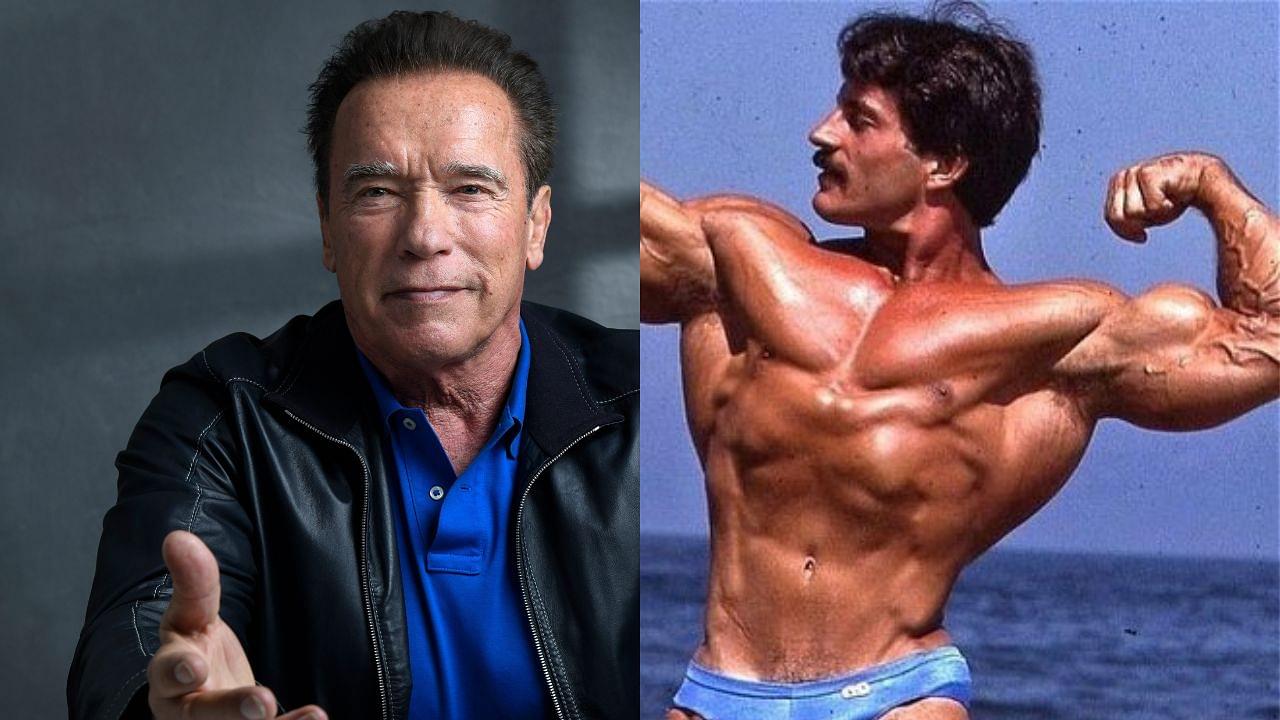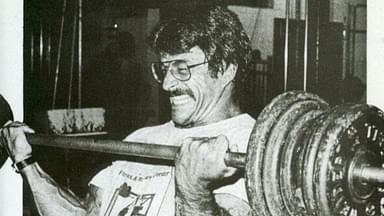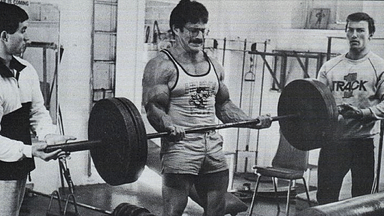Mike Mentzer had a never-ending tiff with the traditional training techniques because of the false idea of gains that they promoted to rookie bodybuilders. Throughout his unfortunately short-lived career, he propagated the idea that more time spent at the gym didn’t guarantee more muscle growth and a sure shot win at competitions. In a resurfaced video of his Underground Seminar posted by Mocvideo Productions, he busted some myths surrounding these ideas.
Mentzer was a keen follower of efficient training in the form of high-intensity workouts. Instead of spending hours at the gym and performing multiple sets of every exercise, he focused on power and recovery. This let him grow his muscles at his own pace and control and gave him a science-backed technique to resort to.
A particular point about traditional training techniques that he revealed he despised was how they’d sell desires and ideas that weren’t practical. The concept of training consistently and sweating away with no strategy whatsoever could work for someone like Arnold Schwarzenegger, who might have been genetically gifted. But it was difficult for a layman to walk into a gym to be a bodybuilder, and only have the desire to do so.
But becoming a bodybuilder takes a lot more than just physical efforts and hours spent inside a gym. Mentzer noted how the sport was also a mental game, and one could not go too far by just slaving in front of their desired art.
“…which is Arnold Schwarzenegger’s favorite concrete-bound concept – just keep trying just sweat. Don’t ever give up. And eventually, you’ll succeed. You know how many people have failed with that idea?… Well, the joke is on them, how pathetically wrong they are…”
Mentzer emphasized that instead of innate desire or visions, it was the laws of nature that dictated the outcome of one’s training. This meant that high-intensity techniques put muscles under the appropriate kind and amount of stress necessary for them to grow naturally.
“One of man’s specific physiologic characteristics dictates that the training stress must be cautiously regulated in terms of volume and frequency – it is his strictly limited recovery ability.”
To kickstart the growth mechanism in muscles, Mentzer swore by training just one set and with enough power to push it to failure. However, muscle growth happened in two phases, where if one was performing the exercise itself, the other was rest and recovery.
Mike Mentzer once explained how recovery worked toward muscle growth
Unlike the popular belief that training hard consistently could ultimately lead to a bigger physique, Mentzer debunked all those thought processes. Instead, he proved that the secret to muscle growth was the amount of time taken to recover from pushing one’s muscles and training in negatives.
Painting the picture of a road, the action of digging it up represented training one’s muscles and causing wear and tear. Filling up those gaps represented the phenomenon of recovery. Amidst this, the time spent to completely recover made sure to lessen the chances of wear and tear, strengthened the muscles, and eventually led to growth. This was why Mentzer always suggested taking enough time to recover after a high-intensity training session.







